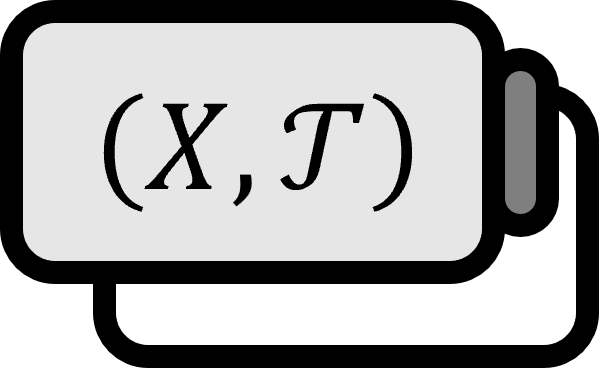Useful Properties of Compact Spaces and Continuous Functions
Theorems
Let us assume that $f : X \to Y$, with $X$ being compact, and $f$ being continuous.
- [1]: If $f$ is surjective, $Y$ is compact. Even if $f$ is not surjective, $f(X)$ is still compact.
- [2]: If $Y$ is Hausdorff, then $f$ is a closed function. For a closed set $C \subset X$, $f(C) \subset Y$ is also a closed set.
- [3]: If $f$ is bijective and $Y$ is Hausdorff, then $f$ is a homeomorphism.
- [4]: If $X$ is a metric space, then $f$ is uniformly continuous.
Descriptions
You might think these properties are trivial, but they are often used, including in the proof of the extreme value theorem.
[1]
This states that the property of being compact is preserved when applying a continuous function.
[2]
While it talks about being closed, because it’s about Hausdorff, it’s widely applicable. Since every metric space is a $T_{2}$ space, it generally holds true.
[3]
Though the conditions are numerous, the key point is that the definition of a homeomorphism implies that the inverse function is also continuous. If it’s easier to understand the topological properties of the domain and codomain than checking the continuity of the inverse function directly, it will be highly useful.
[4]
Uniform continuity is typically discussed only in metric spaces, but if $X$ is a compact space, it guarantees that $f$ has not just continuity but also uniform continuity. Compactness and continuity start from very different concepts, but as shown, they are intertwined in many ways and inseparable.
